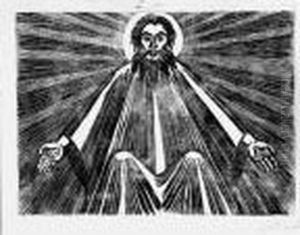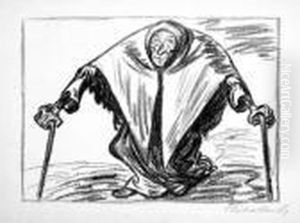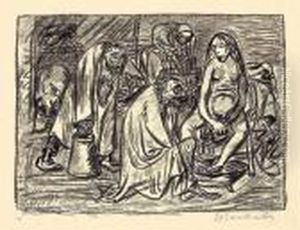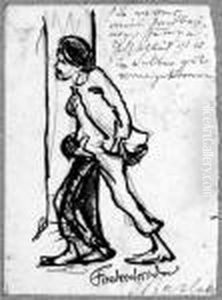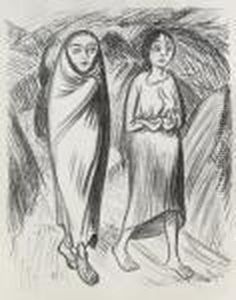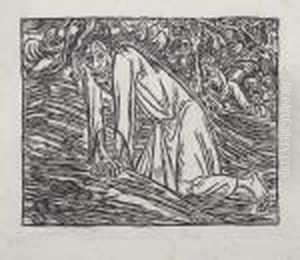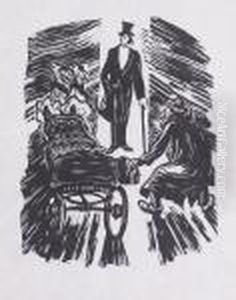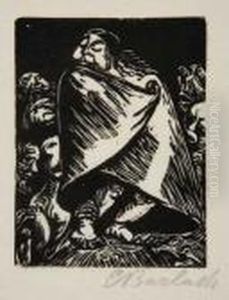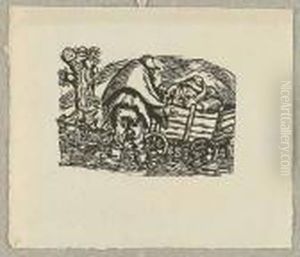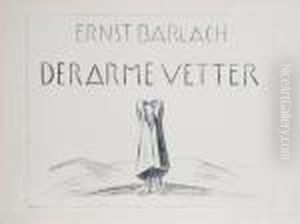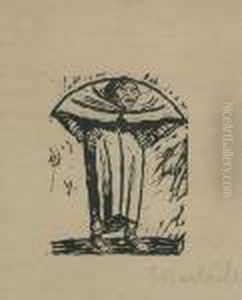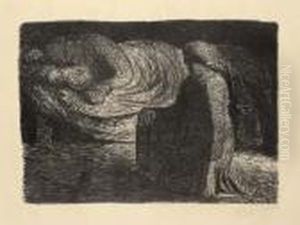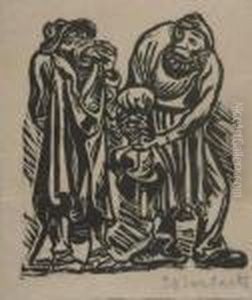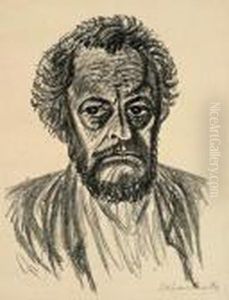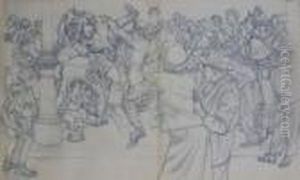Ernst Barlach Paintings
Ernst Barlach was a German expressionist sculptor, printmaker, and writer. He was born on January 2, 1870, in Wedel, in the Province of Schleswig-Holstein. Barlach studied at various art schools, including the School of Applied Arts in Hamburg and the Dresden Academy of Fine Arts. He spent several formative years in Paris and Russia, which influenced his artistic style and outlook.
Barlach's work is characterized by a deep empathy for human suffering and an emphasis on spiritual and social themes. His sculptures often depicted figures that are both grounded in realism and imbued with a strong emotional and expressive quality. Barlach's subjects were typically the marginalized and the poor, reflecting his concern with social issues and his critical stance towards the materialism and militarism of his time.
During World War I, Barlach served in the infantry, and the experience of war deeply affected him and his work. After the war, his style became increasingly expressionistic, and he produced a number of notable sculptures and woodcuts that dealt with the trauma and despair of the conflict.
Barlach's work was not well received by the Nazis, who came to power in Germany in the 1930s. His sculptures were deemed 'degenerate,' and many of his pieces were removed from public display and either destroyed or sold. Despite this, he continued to create, turning to smaller works and drawings.
Ernst Barlach died on October 24, 1938, in Rostock, Germany. His legacy endures, and his works are considered important contributions to modern sculpture and expressionist art. They can be found in various museums and collections around the world. Barlach's life and art continue to be studied for their profound emotional depth and their poignant social and political commentary.

